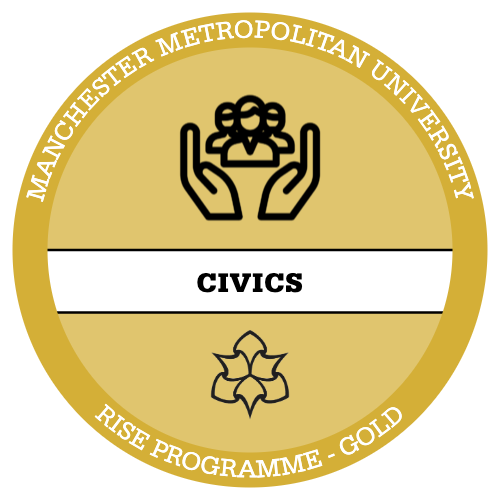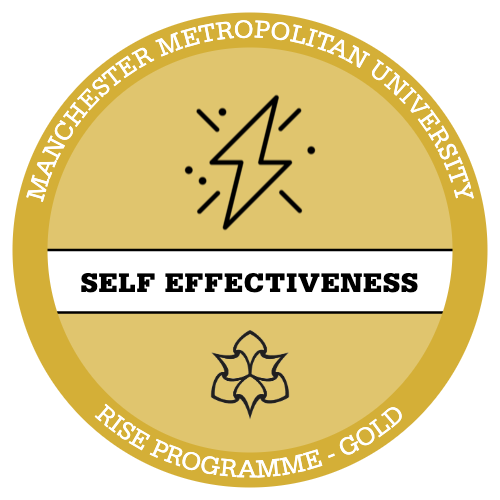Learn to solve problems creatively, with a focus on creating innovative solutions, prototyping and communicating ideas
This Design Thinking course will help you develop your ability to creatively solve problems.
It’s the second part of a two part course and it explores the second half of the Design Thinking Process. We’ll be looking at ideation and prototyping. If you’re joining from part 1, welcome, If you’re new, you can do this part without doing part 1, but we’d recommend that you go back and do part 1, which was about understanding our problem space and the people within it.
One of the key components of Design Thinking is being human centric, meaning you really do have to know your audience, and another key mindset is that we have to be willing to challenge our thinking and maybe reframe our problem so I would really recommend giving that half a go.
Another tenant of this process is that we continuously learn by doing and iterate on our work. The main way we do that is by creating prototypes and using them to test our ideas. That’s why Design Thinking methods can particularly help when you have a complex or fairly novel problem.
In this course We’ll explore how to have an idea, how to choose the most suitable idea, then how to create something quickly that you can test with your audience. If you have a project you want to take through this process as we go through the course, wonderful. If not, I’d recommend that you come up with a hypothetical idea so you can have a go at some of the processes.
It’s the second part of a two part course and it explores the second half of the Design Thinking Process. We’ll be looking at ideation and prototyping. If you’re joining from part 1, welcome, If you’re new, you can do this part without doing part 1, but we’d recommend that you go back and do part 1, which was about understanding our problem space and the people within it.
One of the key components of Design Thinking is being human centric, meaning you really do have to know your audience, and another key mindset is that we have to be willing to challenge our thinking and maybe reframe our problem so I would really recommend giving that half a go.
Another tenant of this process is that we continuously learn by doing and iterate on our work. The main way we do that is by creating prototypes and using them to test our ideas. That’s why Design Thinking methods can particularly help when you have a complex or fairly novel problem.
In this course We’ll explore how to have an idea, how to choose the most suitable idea, then how to create something quickly that you can test with your audience. If you have a project you want to take through this process as we go through the course, wonderful. If not, I’d recommend that you come up with a hypothetical idea so you can have a go at some of the processes.







